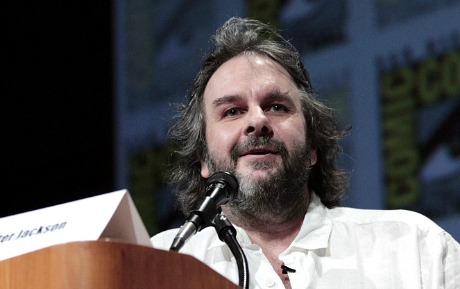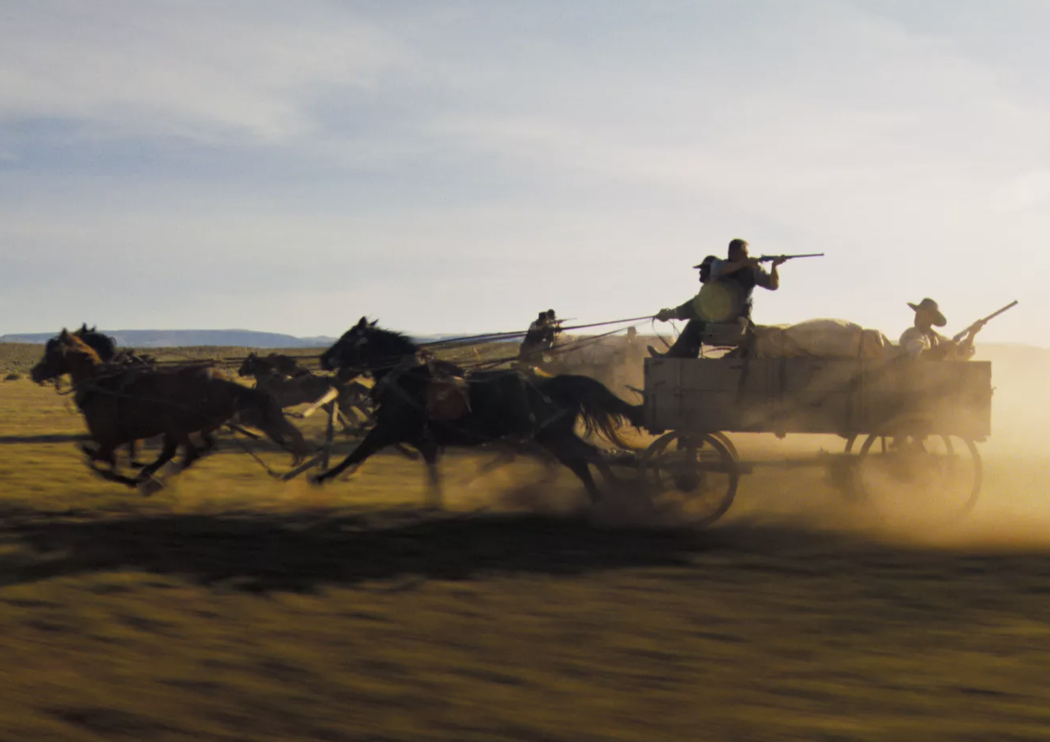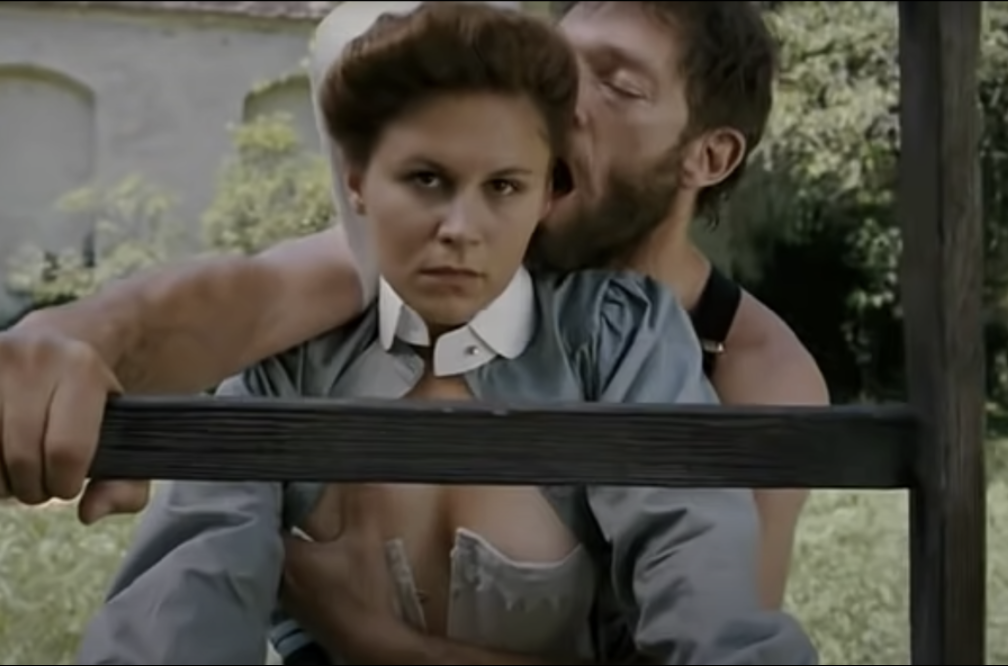The swoony ComicCon fanboys didn’t say boo about Peter Jackson‘s 48 frame per second turn-tail during yesterday’s Hobbit panel in Hall H, but TheWrap‘s Sharon Waxman brought it up, at least.

Hobbit director Peter Jackson during yesterday’s Comic-Con panel discussion in Hall H.
11 or 12 minutes’ worth of The Hobbit: An Unexpected Journey had just been screened, but in the standard 24 fps format. Waxman writes that Jackson “didn’t even mention 3D or show the higher-resolution 48 frames-per-second footage that was shown to theatrical exhibitors in April.”
“Like anything, you’ve got to get used to it,” Jacxkson told the crowd yesterday. “You don’t know whether you like it or not until you can be immersed in it for two hours. That’s how it should be judged — not in a convention hall, in an environment that is not the cinema.”
For what it’s worth I’ve heard that Warner Bros. tech guys ran a test projection of Jackson’s 48 fps Hobbit footage inside Hall H, and that they weren’t satisfied with it. If this really happened and this alleged dissatisfaction was a key factor in the decision not to show the 48 fps reel, I don’t know why Warner Bros. didn’t just say that. This I would’ve understood.
“Forty-eight frames is terrific,” Jackson told the crowd. “I think it’s going to change the way things are made. It’s a terrific advancement, giving people an immersive experience that they can’t get off their iPads and to get people back to the cinemas. We are living in an age where teenagers are not going to the movies.”
But “I didn’t want people to sit there and watch 10 minutes of film and all they write about is 48 frames.”
Jackson elaborated in a 7.15 interview the The Huffington Post‘s Mike Ryan, who began by asking if Jackson was “disappointed by the internet reaction” to the 48 fps footage shown during Cinemacon in Las Vegas.
“Yeah…I mean, disappointed, I guess, is one way [of putting it]. I wasn’t surprised in the sense that my experience with 48 frames ?? and I’ve seen hours and hours and hours of it, obviously ?? is that it’s something that becomes a real joy to watch, but it takes you a while.
“It’s like watching a movie where the flicker and the strobing and the motion blur what we’ve been used to seeing all of our lives — I mean, all our lives in the cinema — suddenly that just disappears. It goes. And you’ve got this incredibly vivid, realistic-looking image. And you’ve got sharpness because there’s no motion blur, so everything is much sharper. And plus we’re shooting with cameras that are 5K cameras, so they’re super sharp.
“So you sit there and you think, ‘Wow, this is different.’ The first few minutes, you think, ‘Wow, this is really different.’ It’s cool, but it’s different. And at the end of two hours, or two and a half hours, you think, ‘That was cool. It was a great way to watch the movie.’
“Now, what I learned from the CinemaCon experience is don’t run a seven or eight or ten minute reel where the total focus is going to be on the 48 frames. I mean, that was a disappointing thing at CinemaCon. Forty-eight frames I’m not worried about, because when this movie comes out and people see it at 48 frames, they’re actually going to get the experience that I’ve had for the last 18 months. I’m a film guy, I’ve grown up all my life going to the movies, and I think 48 frames is great. So I’ve got to believe I’m not stupid. I have to believe it.
When Ryan says he’d been hoping to see the 48 fps version at Comic-Con, Jackson says, “I
know, but Hall H, a big convention center…that’s not the way to judge it. It’s an important thing to judge, because the industry may or may not want to adopt high frame rates, and I think it has to be taken very seriously. And I think the only logical thing to do is to let people see a feature-length narrative film at 48 frames. I’ve no doubt whatsoever that people are going to enjoy it.
“But the disappointing thing with CinemaCon is that no one talked about the [content of the] footage. The first time we ever screened The Hobbit, all the stories were the 48 frames stories. And then the negative guys, the guys that say this doesn’t look like film — the guys who are in love with the technology of 1927 — are sort of sitting there saying, ‘But it doesn’t look like cinema. This is not what we’re used to seeing in the films.” And those stories rush around the world and no one talked about the footage.
“So I’m not going to go to Comic-Con with 12 minutes of footage and have the same reaction. I don’t want people to write about 48 frames. Forty-eight frames can be written about in December. When people can actually watch a full-length narrative film, everyone can go to town on 48 frames, because that’s the form that you’ve got to see it in. And if you hate it, you hate it. And if you like it, you like it. [But] I think most people will [like it].”













